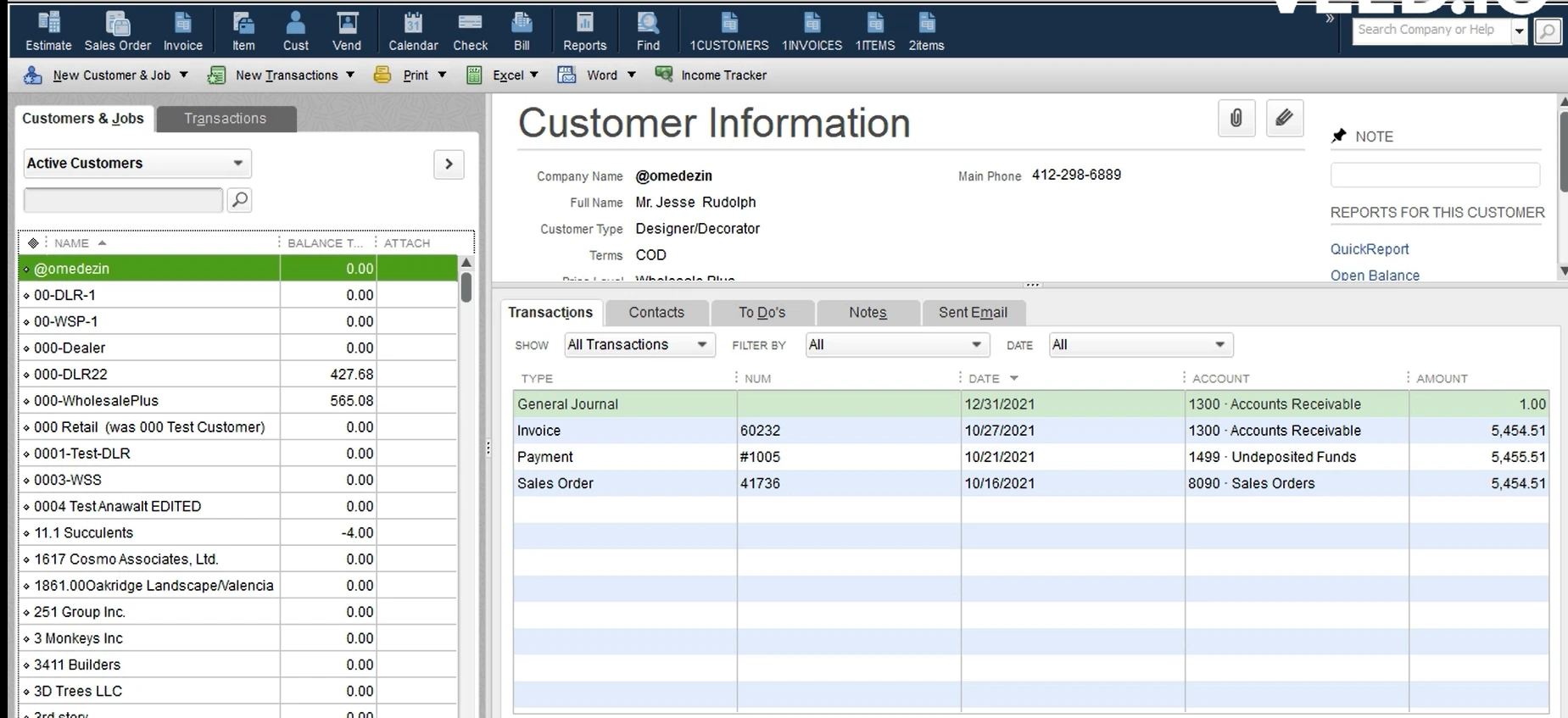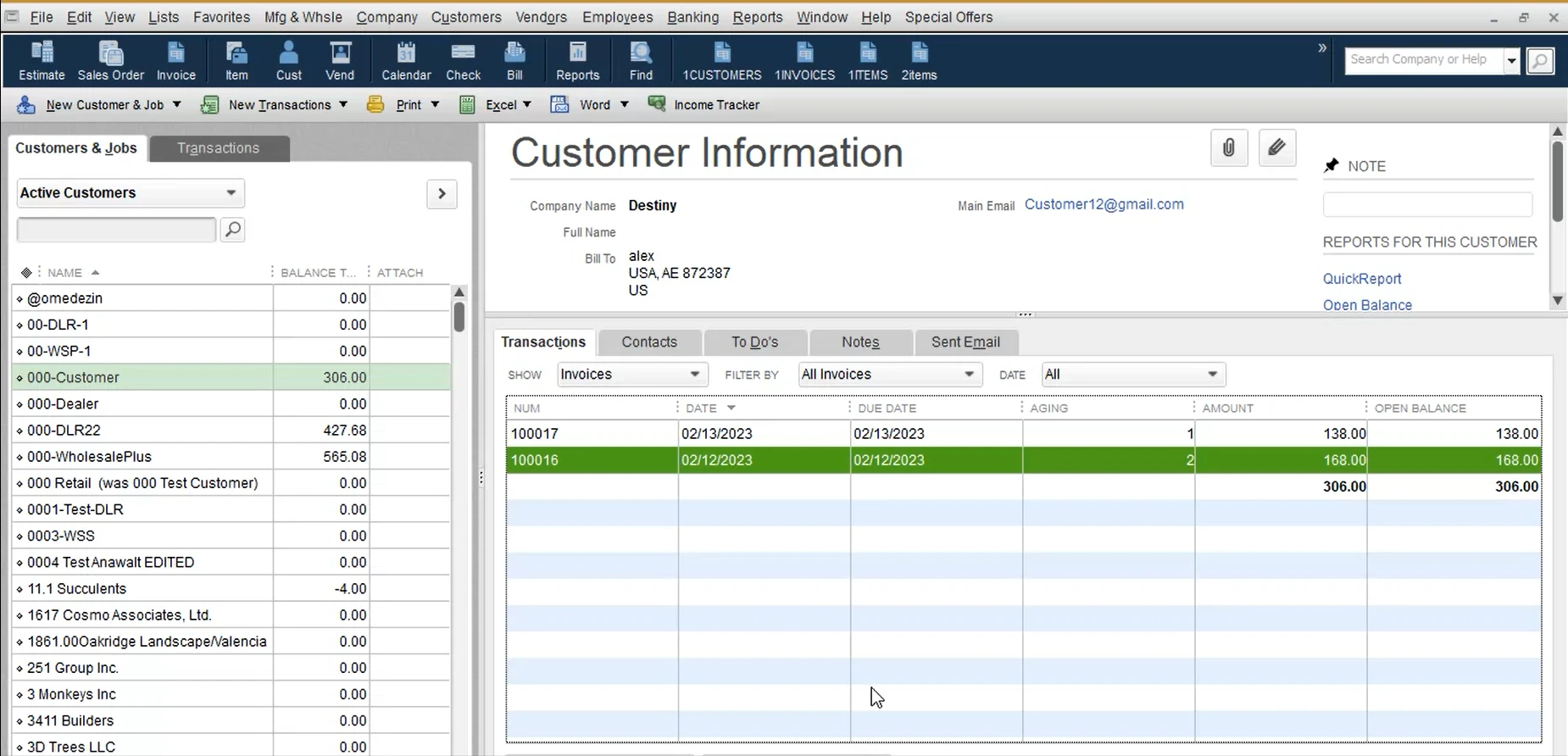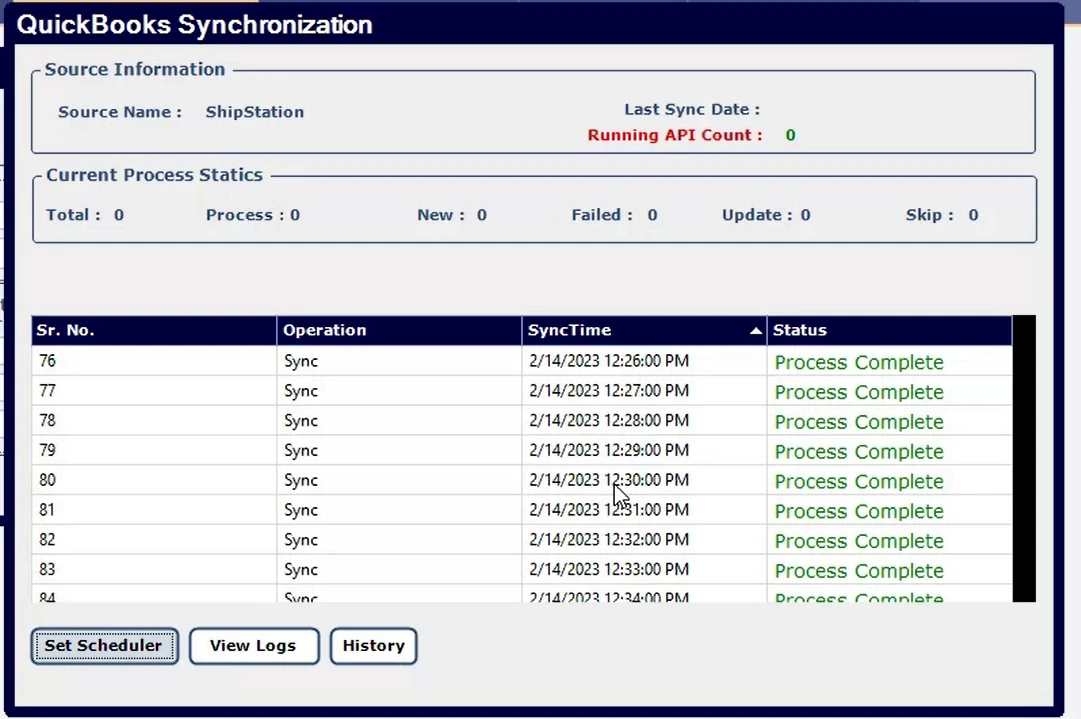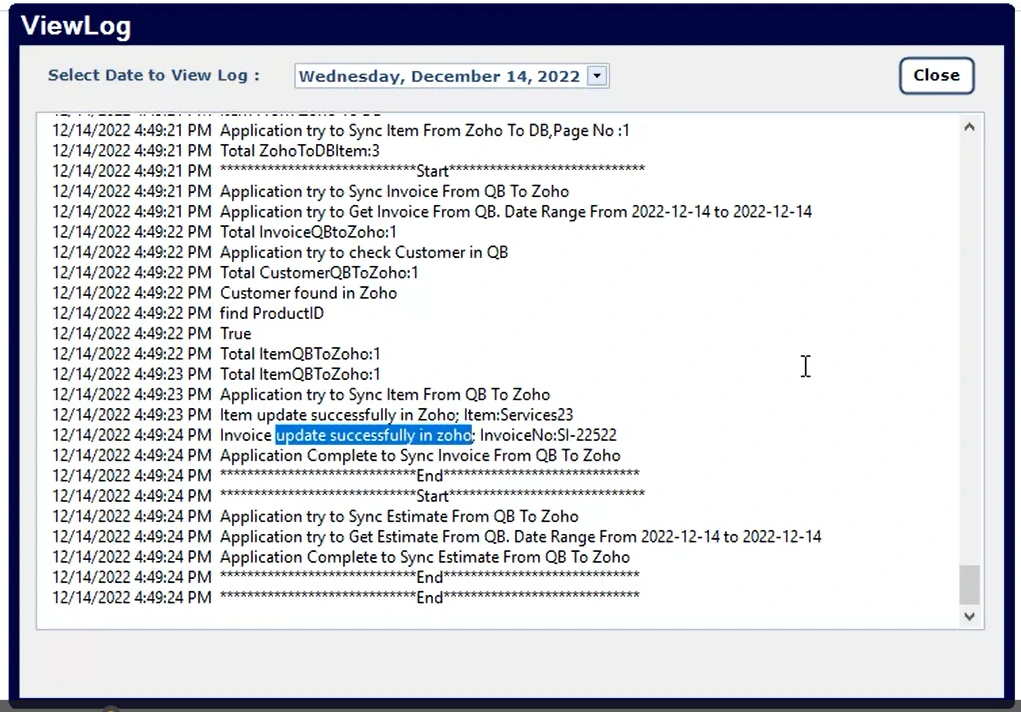Sales Order in QuickBooks
Aug 19, 2025Book a demo with one of our experts!
- Get a guided tour
- Let's do the setup together
- 100% Free
Sales Order in QuickBooks is a powerful feature that helps businesses manage customer orders before invoicing. It ensures accurate tracking of products, availability, and pending deliveries. However, manually handling sales orders can be time-consuming and prone to errors.
With QBIS Sync, you can automate the entire sales order process by syncing data from eCommerce platforms, marketplaces, or POS directly into QuickBooks — saving time and boosting efficiency.

QuickBooks Sales Order creation screen
What is a Sales Order in QuickBooks
- A Sales Order is a customer’s request for products or services.
- In QuickBooks, it records what customers want to buy but does not affect accounts until converted into an invoice.
- It is commonly used by businesses with inventory management needs.

QuickBooks Sales Order Dashboard with multiple orders
Why Sales Orders Matter for Businesses
- Better inventory planning
- Accurate order tracking
- Faster order-to-invoice process
- Avoids duplicate or missed orders
- Enhances customer satisfaction

Sales Order to Invoice conversion in QuickBooks
Challenges in Managing Sales Orders Manually
- Duplicate data entry from eCommerce/POS to QuickBooks
- Errors in pricing, inventory, or tax calculations
- Delays in updating sales reports
- Difficulty in managing bulk orders
These challenges lead to wasted time and potential revenue loss.
How QBIS Sync Automates Sales Orders in QuickBooks
QBIS Sync removes manual work by connecting QuickBooks with your sales channels (Amazon, Shopify, Woo Commerce, POS systems, etc.).
With QBIS Sales Order automation, you can:
- Sync online store orders directly into QuickBooks
- Convert sales orders to invoices automatically
- Track real-time inventory levels across platforms
- Eliminate duplicate or incorrect entries
- Get accurate financial reporting instantly

QBIS Sync dashboard showing Orders Synced Successfully
Benefits of Using QBIS for Sales Order Automation
- Time Savings: No manual data entry
- Accuracy: 100% error-free order posting
- Scalability: Handle high volume orders easily
- Centralization: All sales channels connected in one place
- Growth Ready: Focus on sales, not on bookkeeping tasks
Automate Your QuickBooks Sales Orders with QBIS
Managing Sales Orders manually is outdated and inefficient. With QBIS Sync, you can integrate QuickBooks with your sales channels to achieve faster, smarter, and error-free order management.
Ready to simplify Sales Order management in QuickBooks?
Contact QBIS Today for a Free Demo

